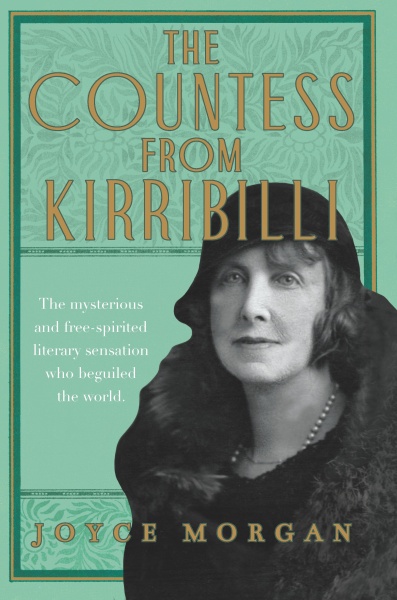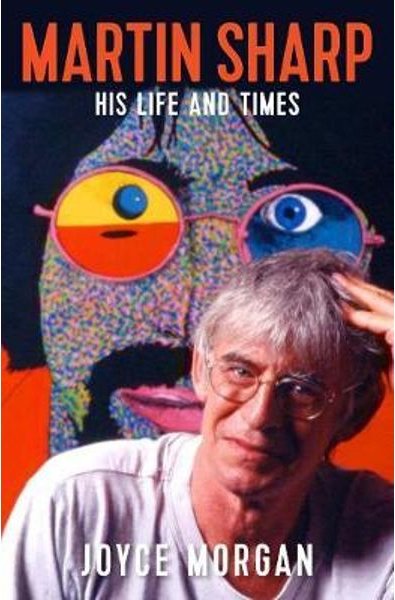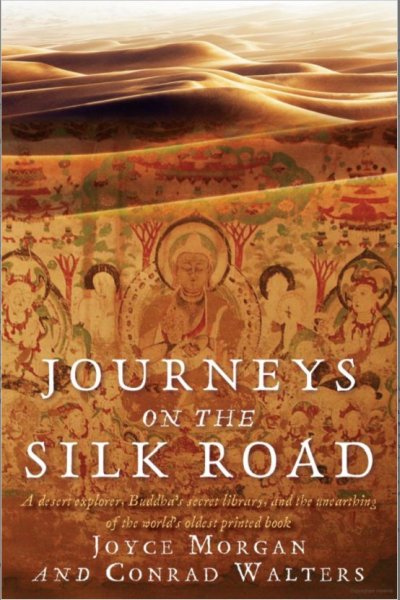My latest book, The Countess from Kirribilli, tells the story of Australian-born writer Elizabeth von Arnim.

Joyce Morgan is the author of three books: two about creative Australians and one about the discovery of the world’s oldest printed book. Her biography of artist Martin Sharp was long-listed in 2018 for the Stella Prize, Australia’s key award for female writers. Joyce has been a journalist for four decades in Australia, England and Hong Kong, specialising in Arts and Culture. A veteran traveller, Joyce also leads cultural tours to Asia and beyond.

LEARN MORE

LEARN MORE

LEARN MORE